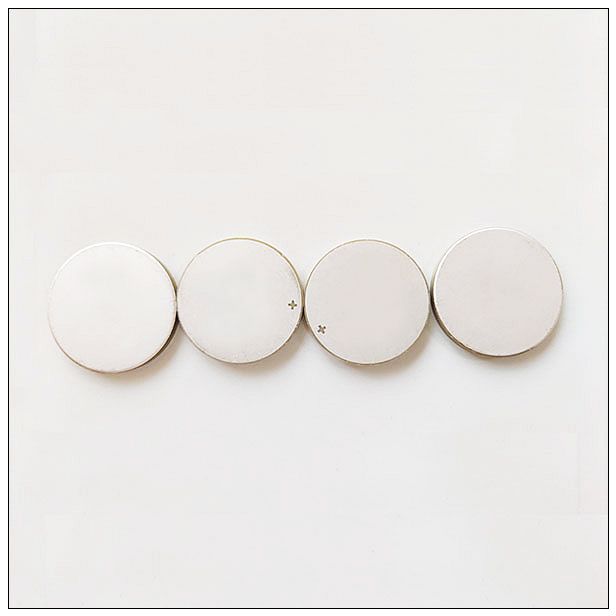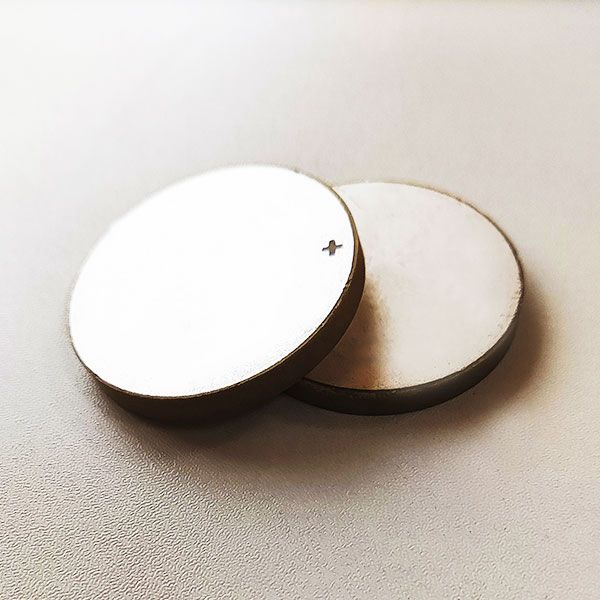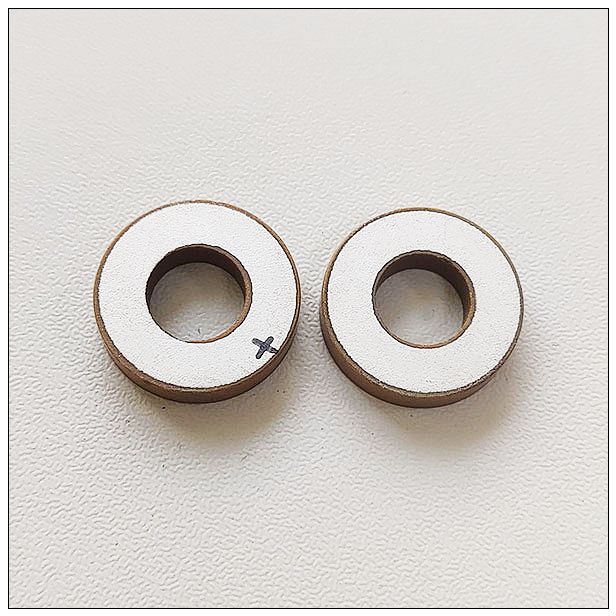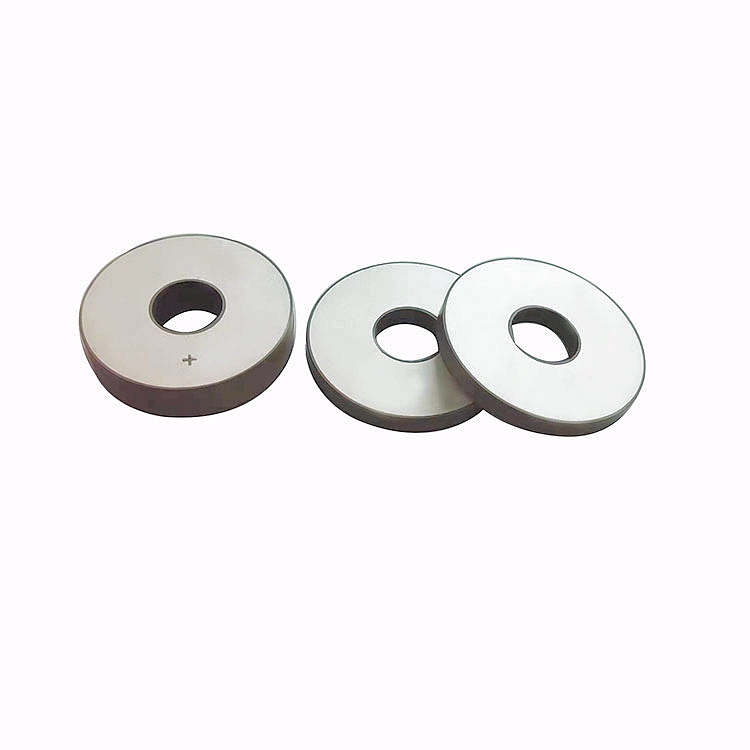Piezoelectric ceramic 10x5x2mm for tooth cleaning
2, hardware design
Combined with the clinical characteristics of the scaler, the scaler achieves mechanical vibration through high-frequency oscillation frequency, and the main component that provides high-frequency oscillation is the transducer. The principle of the transducer is: alternating current acts on the piezoelectric ceramic sheet, and the crystal structure of the piezoelectric ceramic sheet changes. When the current changes, the crystal structure alternately expands and shrinks, generating vibration, and the vibration is transmitted to the working tip to produce work Sharp high-frequency oscillation. In addition to the piezoelectric ceramic sheet, the transducer must also include a balance rod and an amplitude modulation rod to adjust the frequency amplitude, so that the working tip works at the resonant frequency, so as to achieve the best vibration at the minimum power. In the process of using a scaler for treatment, it is usually desirable to use the shortest possible time to complete the action of calculus removal and dental plaque treatment, so as to minimize the damage of the scaler to the tooth surface and root. Increasing work efficiency requires increasing power, but increasing power will cause greater damage to the tooth surface and roots. According to the actual clinical trial research, the removal of dental calculus relies on the linear movement of the working tip to scrape the dental calculus, and the removal of dental plaque relies on the cavitation effect and micro-acoustic flow. When designing a high-efficiency scaler, it is necessary to consider the root surface debridement power level threshold to produce the greatest cavitation effect without damaging the tooth surface and root.
In the course of clinical treatment, patients usually feel that the cleaning process is very painful. After research, it is found that the pain is mainly caused by the traction injury of the working tip to the soft tissue and the high-frequency impact on the tooth surface and root. Therefore, the pain is directly related to the direction and amplitude of the movement of the working tip, and it is also related to the operation technique and the power setting [ 2]. Therefore, in the design process of the scaler, it is necessary to consider using frequency conversion control technology to perform stable power adjustment, eliminate sudden power and ultrasonic noise, and use software control to output negative feedback and automatically adjust the output power to ensure that the tartar is severe. Start the maximum power, and automatically adjust to low or medium power during the plaque treatment process to ensure good cavitation effect, achieve the purpose of effectively removing calculus and dental plaque, and achieve the effect of cleaning teeth without pain.
2, Anti-sterilization design
The working parts of the scaler are in direct contact with the patient and are designed to be sterilized for multiple uses. According to ISO 22374, the basic requirements and test methods for dental equipment are specified. The dental handle parts must be able to resist at least 250 times of steam at 135 ℃ and 0.2 MPa Sterilization treatment usually causes rupture of the outer shell of the handle, causing water to enter the transducer and making the product ineffective. The shell of the handle is broken, especially when water vapor enters the transducer during high-frequency operation, it is easy to attenuate or damage the performance of the piezoelectric ceramic sheet. When designing the handle, first study the causes of the rupture of the handle shell and the water entering the transducer. The shell material and the transducer sealing sleeve cannot withstand the high temperature of 135 ℃ and the sterilization pressure of 0.2 MPa, which leads to the rupture of the shell. Therefore, high-performance engineering materials that are resistant to sterilization and corrosion should be used to inject and seal piezoelectric ceramic parts. The working system of the entire handle adopts an internal open design. Because the sterilization conditions are 135 ℃ and 0.2 MPa steam sterilization, if the product is sealed in the sterilization process, there will be a pressure difference between internal and external pressure. This pressure difference varies with The alternation of the sterilization process will continuously impact the shell, causing the shell to rupture, and then affect the use. Therefore, a scaler handle containing a ventilation duct is designed for the system, and a ventilation duct is provided on the scaler handle to eliminate the pressure difference between the inside and outside of the passenger body and avoid the pressure shock to cause the product shell to rupture.








Reviews
There are no reviews yet.